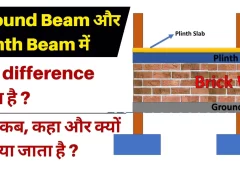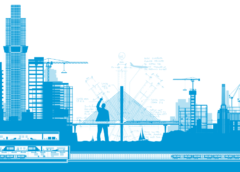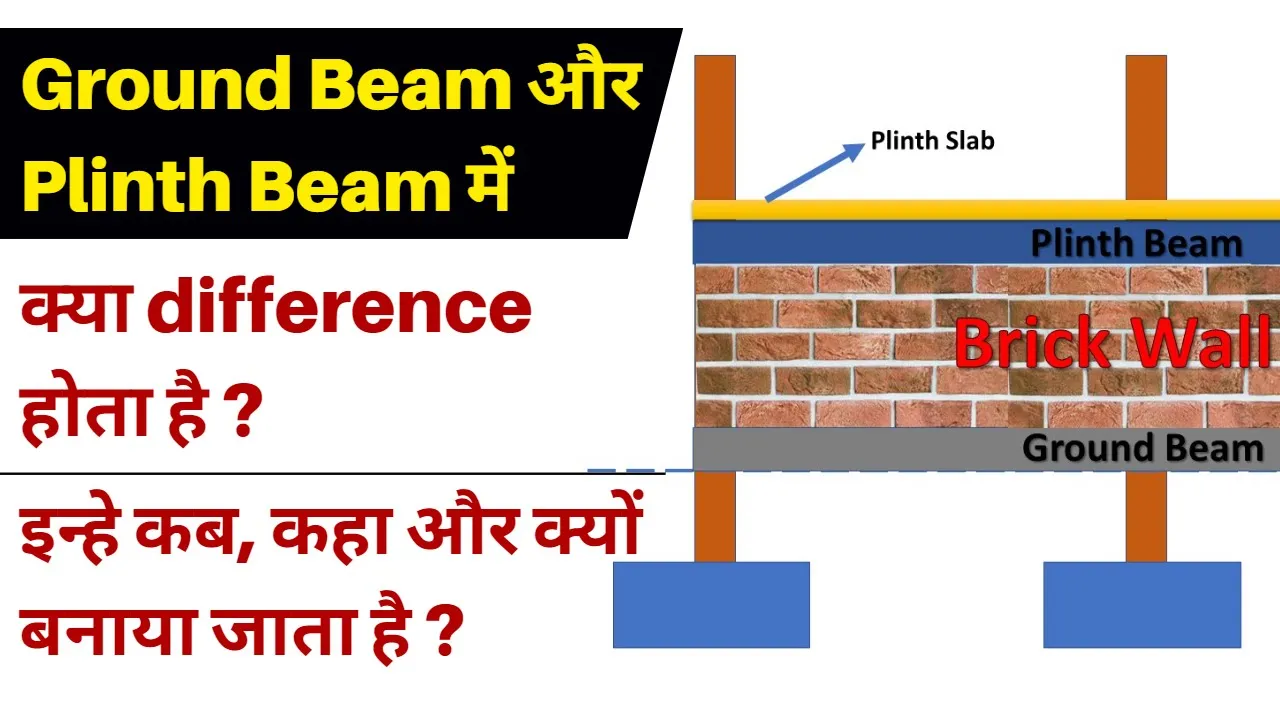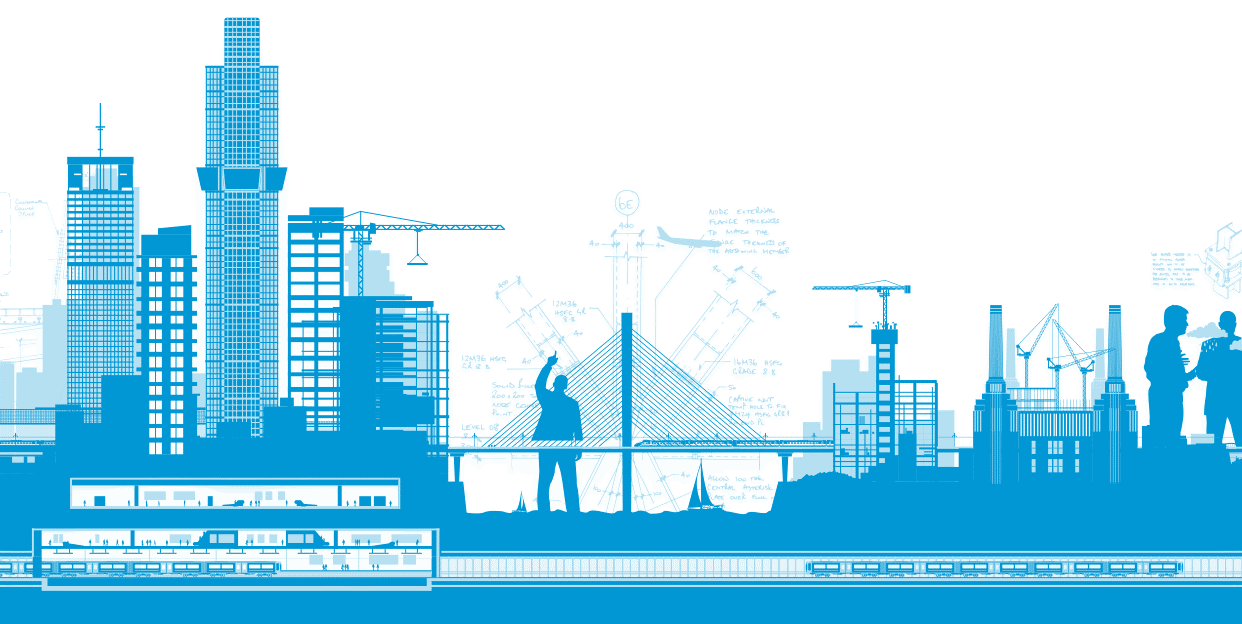Building Better: The Evolution of Construction Materials – Fly Ash AAC Blocks vs. Traditional Brick Walls
In the realm of construction, the choice of building materials can make a monumental difference in the efficiency, sustainability, and longevity of structures. Among the contenders for modern construction supremacy are fly ash AAC (Autoclaved Aerated Concrete) blocks and traditional brick walls. Let’s delve into the intricacies of these building materials to understand which reigns supreme in the quest for superior construction. 1. Lightweight Marvels: Fly Ash AAC Blocks Fly ash AAC blocks are the epitome of modern engineering marvels. Crafted from a blend of fly ash, cement, lime, gypsum,…
Finite Element Analysis (FEA) in Structural Design Engineering
Structural design engineering is like putting together a giant puzzle. Imagine constructing a massive bridge or a skyscraper – you need to make sure it’s strong, safe, and can withstand all sorts of forces. That’s where Finite Element Analysis, or FEA, comes into play. In this article, we’ll break down what FEA is, how it’s used, and why it’s so crucial in structural design. What is Finite Element Analysis (FEA)? Okay, let’s keep it simple. FEA is like a super-smart computer program for engineers. It helps them figure out how…
AI in Civil Engineering: Enhancing Safety and Efficiency
AI (artificial intelligence) has the potential to revolutionize civil engineering by optimizing designs, improving safety, and enhancing efficiency. Here are some examples of how AI is being used in civil engineering today: Design Optimization: AI can analyze large amounts of data and simulate different scenarios to help civil engineers optimize designs for structures like bridges and buildings. This reduces costs and improves safety. Predictive Maintenance: AI can monitor and analyze data from sensors on structures like bridges to identify potential maintenance needs before they become a safety concern. This reduces…
The Vital Role of a Structure Design Engineer
Structure design engineers play a crucial role in shaping the built environment we live in. They are responsible for designing and analyzing structures such as buildings, bridges, tunnels, and other infrastructure projects to ensure that they are safe, durable, and efficient. In this blog post, we will explore the work and responsibilities of a structure design engineer in more detail. Project Review and Planning One of the first tasks of a structure design engineer is to review project requirements and constraints. This may involve meeting with clients, architects, and other…
What is Pushover Analysis in Structure Design ?
Pushover analysis is a method of analyzing the seismic performance of a building or structure by subjecting it to progressively increasing lateral loads until it reaches its ultimate capacity. The analysis is typically performed using non-linear static analysis techniques, which take into account the non-linear behavior of the structure as it approaches failure. In pushover analysis, the structure is modeled as a series of beam-column elements, and a lateral load pattern is applied to the structure at each level. The load pattern is typically based on a simplified seismic force…
Self-Healing Concrete: The Future of Sustainable Infrastructure
Concrete is the most widely used construction material in the world, but it is also one of the most vulnerable to damage. Cracks can occur due to a variety of reasons such as temperature fluctuations, chemical attacks, and physical stress, among others. These cracks can compromise the integrity of the structure and reduce its lifespan. However, researchers have developed a solution to this problem in the form of self-healing concrete. In this blog post, we will explore what self-healing concrete is, how it works, and its benefits. What is Self-Healing…
P-Delta Analysis: Understanding Structural Deformation Effects
P-delta analysis is a structural analysis technique that considers the second-order effects caused by deformation in structures subjected to lateral loads like wind or earthquakes. In this article, we’ll explore how P-delta analysis works and why it’s important for the design of tall or flexible structures. P-delta analysis accounts for the effect of vertical loads on the stiffness and internal forces of a structure, which in turn influences its response to lateral loads. This analysis technique is used to modify the stiffness matrix by using the structure’s deformed shape and…
A Day in the Life of a Structure Design Engineer
As a structure design engineer, your primary role is to design and analyze structures such as buildings, bridges, tunnels, and other infrastructure projects. You use your expertise in structural engineering to ensure that the structures you design are safe, durable, and efficient. Here’s a look at a typical day in the life of a structure design engineer: In summary, the work of a structure design engineer is challenging and requires a wide range of skills, from technical analysis to project management and collaboration with other professionals. By designing safe and…
Food Corporation of India (FCI) Recruitment 2022
Food Corporation of India (FCI), one of the largest Public Sector Undertakings ensuring the food security of theNation, invites online applications for under mentioned posts in its Depots and Offices spread all over theCountry. Download Official Notification Click here to Apply Open FCI Website











